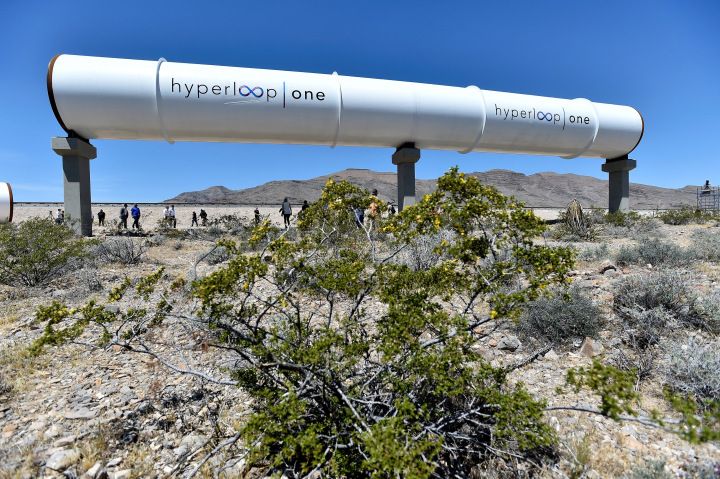Hyperloop One this week announced that it completed the first full-scale test of its high-speed transportation system, a move the company hailed as the burgeoning technology’s “Kitty Hawk moment.”
The test vehicle only reached 70 miles per hour, a tenth of the company’s eventual target speed. But the firm felt assured enough to set another phase of testing for later this year, when they hope to reach 250 miles per hour. Eventually, the system could reach a top speed of 700 miles per hour, nearly the speed of sound.
The Hyperloop’s potential velocity has helped it captivate the public’s imagination ever since Tesla and SpaceX CEO Elon Musk popularized the concept in 2012. But the proposed system, a sort of high-speed train that uses aerodynamic pods propelled through a vacuum cylinder, is not just about speed, according to many of the people developing it since Musk open-sourced the idea. It’s about changing how we think about moving people and cargo, a $1.48 trillion industry in the United States alone.
